Hey everyone, long time no see! It's been a while and I promise I'm still working on the Song Dynasty sections of Hanfu Unearthed—in the meantime, enjoy this not-so-short cheat sheet to all of the most commonly used fibers and weaves in hanfu, whether historically or in the industry today.
Fibers
Fibers are the material from which threads are spun to be made into fabric. These include synthetic fibers made in labs or factories by humans, as well as animal fibers that are grown as fur or silk by animals, or plant-based fibers that we harvest from various fibrous plants.
Tencel
Rising in popularity, especially last summer, tencel is a kind of semi-synthetic fiber made from cellulose, also called lyocell, originally made to imitate silk. Made by dissolving cellulose into pulp and using dry jet-et spinning to reconstitute the fibers, it’s a clean process that creates a kind of synthetic fiber using natural materials: easier to dye than cotton, more breathable than polyester, moisture-wicking, and softer than linen. The one downside of tencel is that it’s easily wrinkled, but its smooth draping quality and breathability make it a first choice for hanfu manufacturers today. Other rayons are also used, but none as prominent as tencel.
You’ll find this fabric on summer/spring/early autumn tops, most often in Song Dynasty and Ming Dynasty clothing like Ming Dynasty shan and Song Dynasty feijixiu or moxiong. Given its breathability and softness, you’ll often see this either worn next to the skin since it’s comfortable or worn as a thin outer layer that won’t heat you up even when layered over another piece. Tencel can be dry cleaned or tumble dried, and machine washing is absolutely fine—just be sure to either iron it afterwards or hang dry or lay flat to dry, because it really is pretty easily wrinkled. Look for the term 天絲棉/天丝棉/tian1 si1 mian2/sky silk cotton if you want to find tencel hanfu.
Cotton
Hypoallergenic, versatile, and easy to work with, cotton and cotton mixes (棉/棉/mian2) are some of the most common clothing fibers you’ll find in any industry, including the hanfu industry. In history, cotton wasn’t commonly used until the Song Dynasty, with hemp being more common—cotton was mainly produced by the minorities on the outskirts of country and not grown in the main fiber, but by the Ming Dynasty cotton was a fairly common fiber used in fabric. Versatile and a bit nicer to the skin than hemp, cotton’s moisture wicking abilities soon became well-known and the popularity of brocaded cotton started to rise.
These days you can see cotton in pretty much everything—tops, bottoms, particularly brocaded Ming dynasty ao and shan. Zhequn like mamianqun, baidiequn and bai zhequn with many folds tend to be a bit less common, though, due to the fact that folds made with cotton are easily destroyed and require re-ironing or dry cleaning to keep maintained—polyester is usually the better choice there. Cotton can be safely machine washed and dried, but it’s particularly prone to shrinkage, so the first wash can cause some pieces of clothing to go down half a size. Hang dry, lay flat, or iron if you’re afraid of wrinkles.
Linen
Similar to cotton, linen (亚麻/亚麻/ya3 ma2/flax-hemp) is a plant-based fiber derived from flax. It's not as commonly used because flax wasn't as prevalent in China, and it shares cotton's tendency to wrinkle. It's very similar to hemp, though, which is a bit more accurate.
Hemp
Linen’s more historically accurate cousin, hemp (麻/麻/ma2) was one of the most common fibers we’ve found that the ancients really liked to use in their clothing. It’s similarly easy to work with, breathable, and holds its shape pretty well, though depending on the weave it can also drape fairly easily. In the older dynasties hemp fabric was probably the most popular commoner’s fabric, since not everyone could afford silk—the downsides of this fabric are that similar to linen it can be a bit scratchy sometimes and it’s also incredibly easy to wrinkle, but its unique texture and thickness are perfect for some outer layer tops and earthy-toned fabrics, and it’s suitable for both the cold and warm seasons of the year.
Hemp’s usually used for tops—if it’s something you’re wearing next to your skin, it’ll probably have a lining. Occasionally you’ll see it pop up in skirts, like cotton, but as with all natural fibers you’ll have to be careful washing pleated skirts because it’s easy to accidentally destroy the folds when it goes in water. I’d recommend forgoing tumble drying and just going for hang dry on hemp cloth.
Polyester
Probably the most common fiber you’ll see in hanfu today, polyester is an extremely versatile synthetic fabric that also happens to be a lot cheaper to produce than a lot of other fabrics. Many chiffons and printed fabric in hanfu are made with polyester since it’s easy to print, pretty low on maintenance and sustains it’s pleats without being too easily wrinkled. The one downside of polyester is that it’s typically not the most breathable of fibers, and it isn’t very absorbent but that doesn’t stop it from being one of the best fibers for hanfu manufacturing there is.
Most skirts with folds are going to be made out of polyester, since it’s the best choice for keeping pleats in place through washes or tumble drying—polyester can be machine washed and dried without many issues, regardless of the pleats or details. Just be sure to put it in a laundry bag if it’s got small details like embroidery to avoid accidentally destroying it by hooks on your other laundry.
Wool
Most often associated with sheep, wool is a protein fiber derived off of the coats of various animals. While it has a reputation of inducing allergies in people—myself included—it’s rightfully known for its warmth-providing capabilities—a staple for winter wear, it comes in thick fabrics perfect for sheltering you against the snow of the colder seasons.
Woolen fabrics are fairly common nowadays in the form of outer layers of Tang, Song, and Ming Dynasty clothing, and often lined with cotton or polyester to avoid it rubbing against the skin. It’s especially common in the fall and winter collections of a lot of modernized hanyuansu stores. You won’t get the flowy, ethereal look with wool, but you can create an air of a stately elegance with wool ao, and also at least you’ll stay warm! The catch with wool is that it’s a bit harder to maintain than the others on the list—you’ll probably want to go to the dry cleaners’ for real wool. If you don’t like that, look for synthetic wool-look fibers instead—they’re usually pretty good too.
Silk
How can we leave out silk? Silk gets its own little comment on each of the weaving entries just because it’s so special to us, but we’ll go over that later. Made from the silk strands of the cocoons of cultivated mulberry silkworms, silk harvesting is an ancient art that began far before any of the dynasties we look at in hanfu, attributed to Empress Leizu. Breathable, smooth, and light, silk is the height of luxury, keeping you warm when you’re cold and cool when you’re overheating. It’s a very important part of Chinese culture, persisting through almost nine thousand of years of history.
Silk was originally reserved for imperial use, but gradually began to spread outwards as a luxury trading item. Aristocrats and nobility often had their clothing made from silk, hence why a lot of the archaeological relics we uncover are made of silk. Unfortunately, because it’s so expensive, most of us aren’t able to afford the pure silk hanfu that’s sold by merchants, usually opting for rayon and other substitutes. The other thing about silk is that it’s hard to maintain—running water can destroy the fragile fibers, and so if you do get your hands on a silk piece, make sure to be careful hand washing it or take it to the dry cleaner’s.
Other fabrics like linen, ice silk, elastane, and nylon are also used in hanfu, but they’re not as commonly seen so I won’t be going over them. Instead, let’s look at some way of weaving these fabrics.
WEAVES
Now how do we put those fibers together and make them into a piece of fabric? That’s where weaving comes in. There are a lot of different types of weaving, some of which are hard to translate between English and Chinese, some of which will be immediately familiar. The gist of it is that fabrics are usually made of grids threads called wefts and warps, with the horizontal threads being called wefts and the vertical threads being called warps. These threads interlock against each other to form a plane that we use as fabric. How are these weaves made? Let’s see what appears most commonly in hanfu fabric.
Tabby
Also called the plain weave or taffeta weave, the tabby weave is one of the simplest weaves there are, with one weft thread going over and under a single warp thread to create a crisscrossed pattern that looks sort of like a checkerboard. Cotton, silk, synthetic fibers, and more are all often used to create tabby weaves—tabby silk, for example, is called 絹/绢/juan4/Juan in Chinese, often used for skirts, tops and robes in historical relics. The surface isn’t usually shiny and doesn’t have much of a direction.
Gauze
Another kind of plain weave, the gauze weave involves two weft threads being twisted around each warp thread, interlocking in place and resulting in small diamond-shaped holes. This structure is known as the Leno structure: while it leaves holes in the fabric’s weave, allowing for breathability and transparency, the interlocking pattern of the wefts holds each warp thread in place, making for a strong fabric that won’t fall apart easily. These days it’s often woven with synthetic fibers, but silk gauze was known as 罗/罗/luo2/Luo. The result is a thin, loose, transparent fabric that looks fabulous in layers.
Chiffon
One of the most common fabric weaving techniques in hanfu, especially the flowy, ethereal hanfu styles, chiffon is a half-transparent kind of plain weave made with alternating S and Z twisted yarn, meaning that the yarn is very tightly twisted, each in a different direction (S counter-clockwise and Z clockwise). When woven together in a plain weave, the result is a fabric that’s spun in two different directions slightly by the spin of the fabric, resulting in a slightly uneven surface and a level of light transparency that drapes very well. Most chiffon is made of nylon or polyester these days. The same technique used with raw silk in China was known as 綃/绡/xiao1/Xiao.
Crepe
Crepe is a bit of a catch-all including fabrics like crepe de chine, crepe georgette, crepe-backed satin and more. Often lightweight and made of silk or polyester, crepe has a distinctive wrinkled appearance that makes its surface slightly rough to the touch. It’s known in Chinese as 縐/绉/zhou4/wrinkled fabric and often favored for its beautiful drape and unique texture. It’s also naturally wrinkled, which makes it easier to hide wrinkles from wear or storage. These days a lot of hanfu uses crepe chiffon for skirts and outer layers.
Satin
You might be surprised to learn that the satin weave originated in China and was only introduced into Europe in the 12th century, but it’s true! Satin gets its classic lustrous, glossy surface from its weaving pattern, which falls into a different major category. It involves four or more weft threads floating over one warp thread and vice versa, allowing light to reflect off of it in a characteristically shiny way. Most Chinese satin was five or six ended warp satin and more advanced satin weaves were developed during the northern Song Dynasty. These days you’ll see satin in the form of Shantung satin, charmeuse, polyester satin, and more. Satin is known as 緞/缎/duan4.
Jacquard (brocade, damask)
Jacquard satin is one of the most common fabrics used for Ming Dynasty clothing and sometimes decorations of Song Dynasty clothing. Named after the French inventor Jacquard who invented the Jacquard Loom, a loom that acted as the first ‘computer’ and allowed for complex patterns to be made, brocade and damask patterns—装花/装花/zhuang1 hua1/multicolor jacquard or 织锦/織錦/zhi1 jin3/brocade is made with threads of different colors, woven into a pattern on the fabric. Zhuanghua refers to jacquard with multiple colors, while jacquard woven with pearlescent, gold, silver, or holographic thread may be specified with the word 织/織/zhi1/weave followed by 金/金/jin1/gold or another term for the thread used. Almost all mamianqun is made with jacquard satin.
That's all for both fabrics and weaves—I'll try to get the Song Dynasty articles for Hanfu Unearthed up soon, promise!
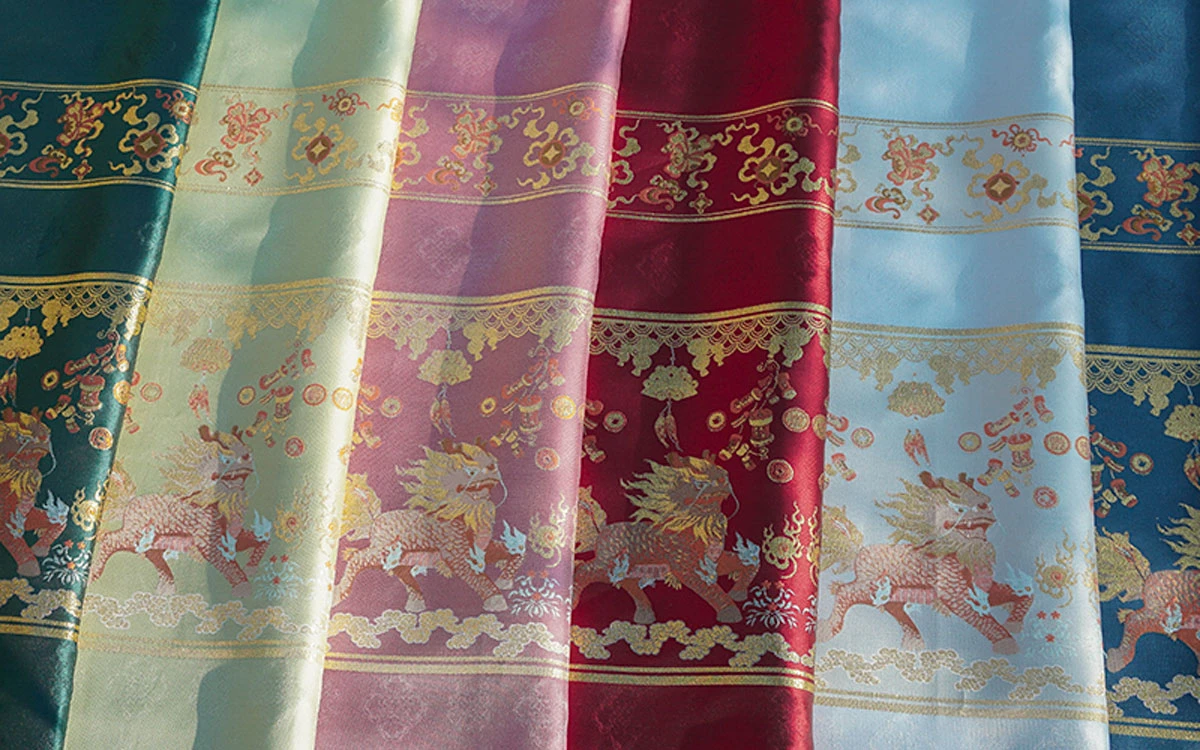
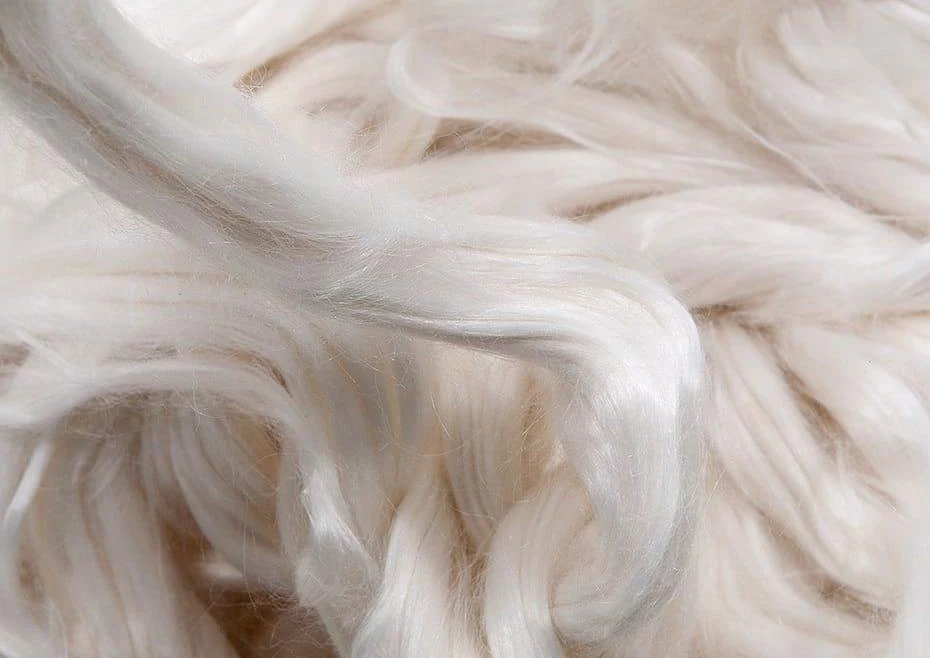
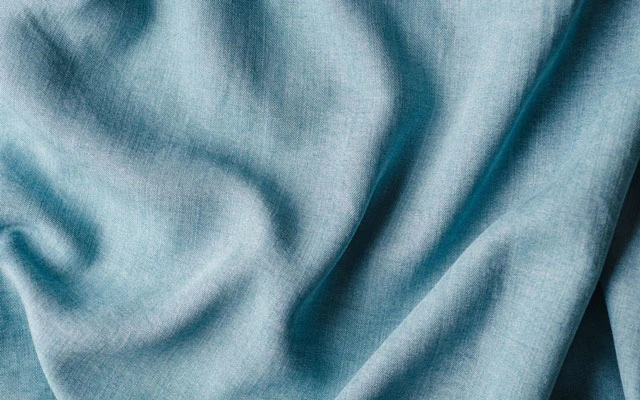
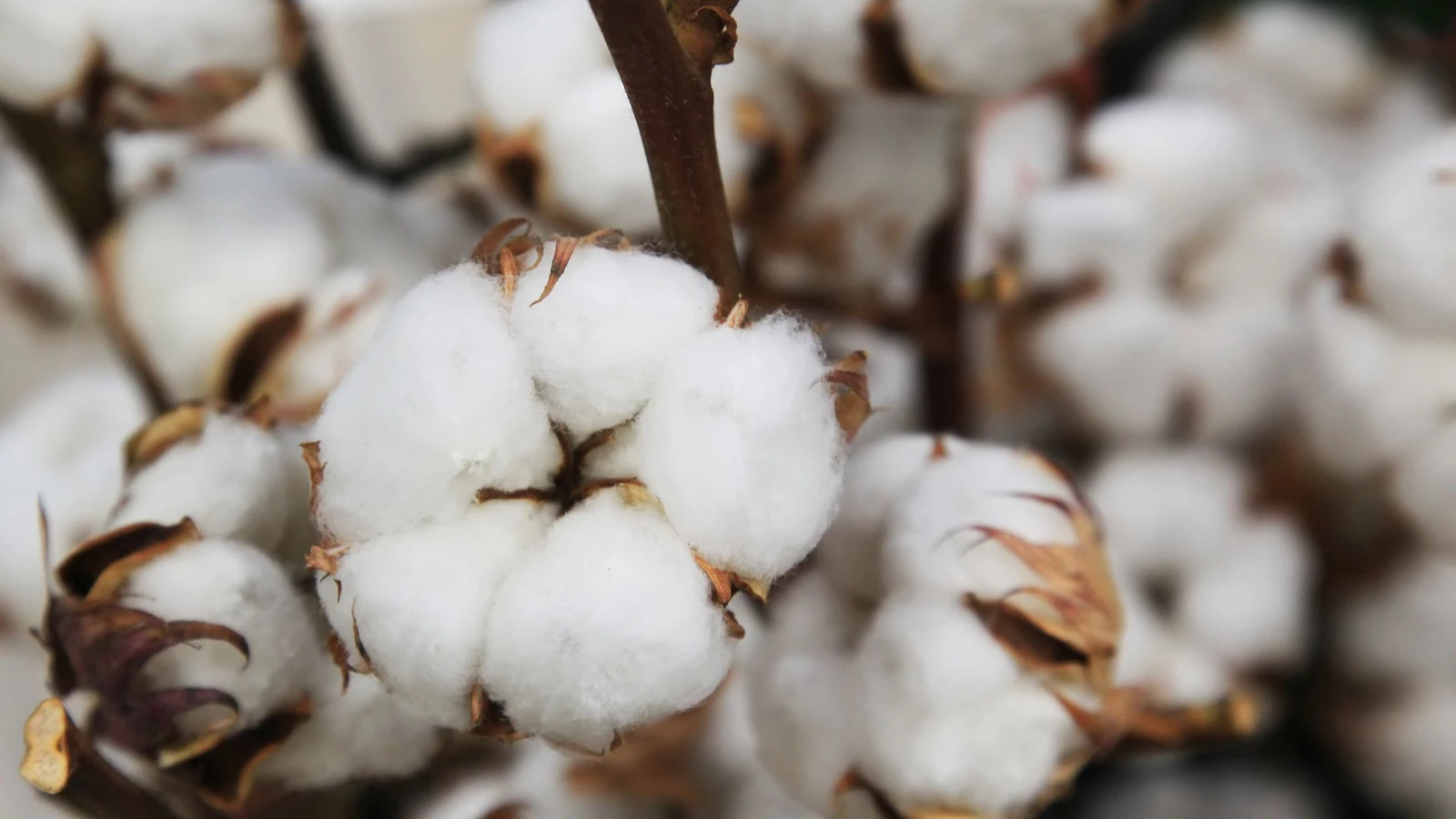
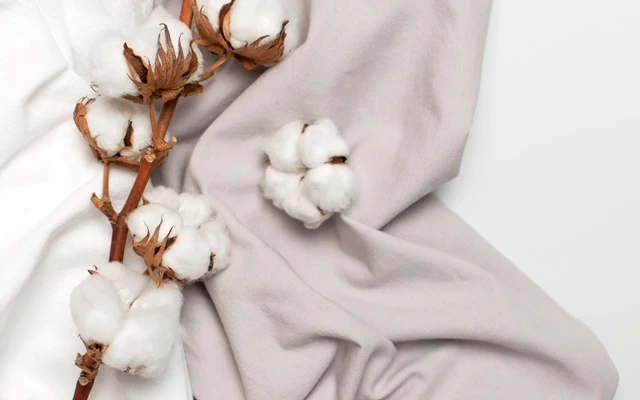
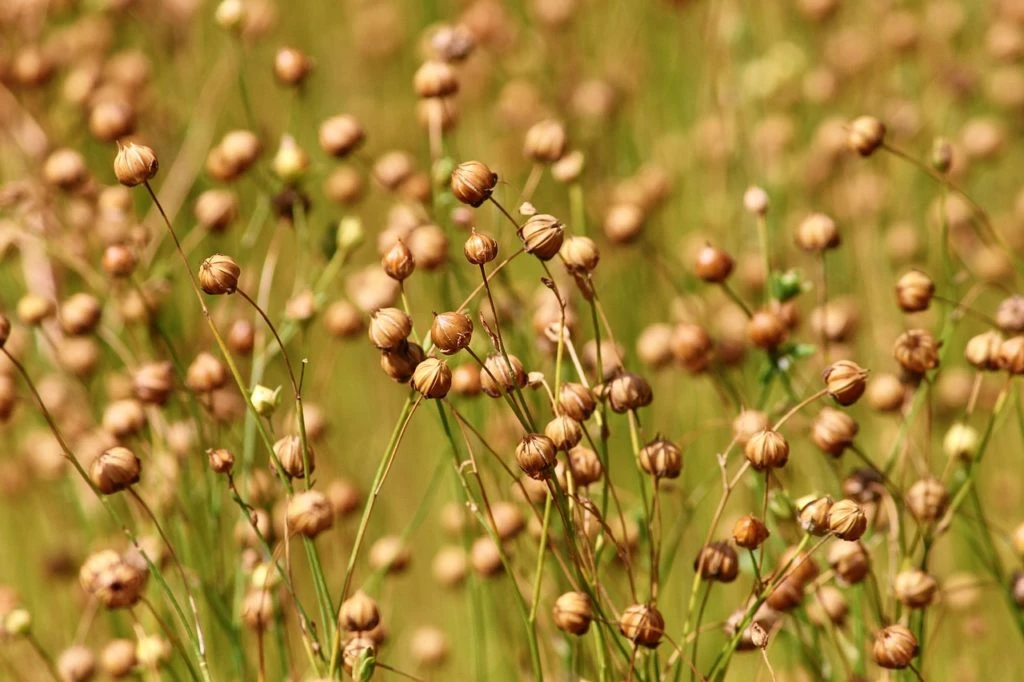
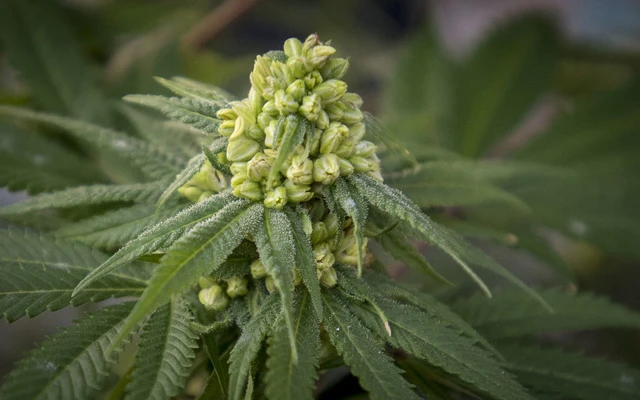
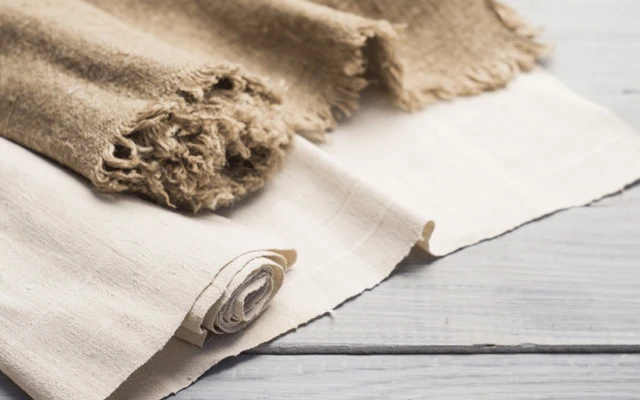
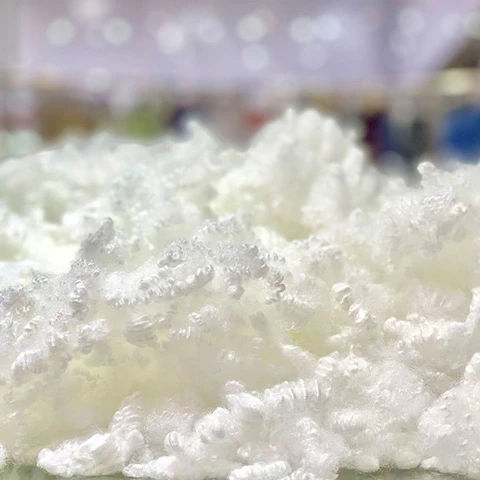
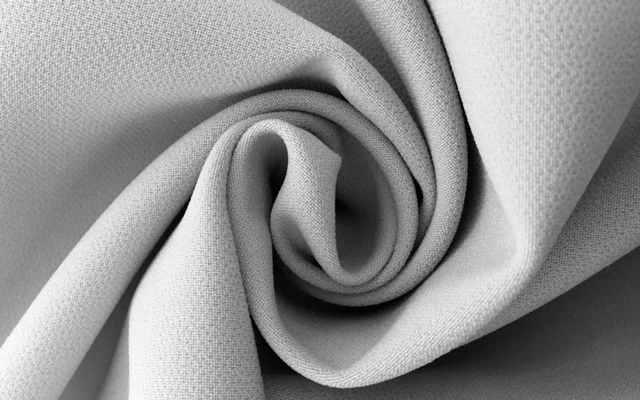
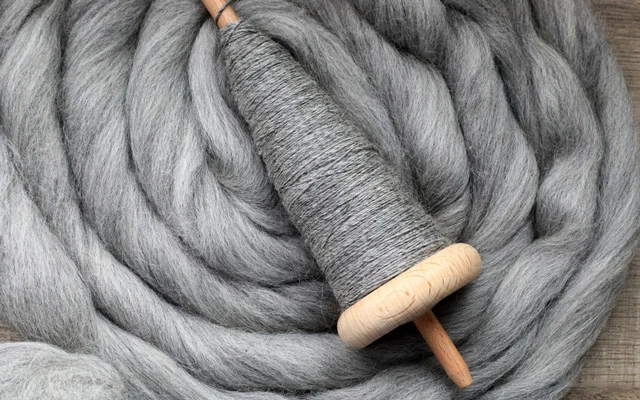
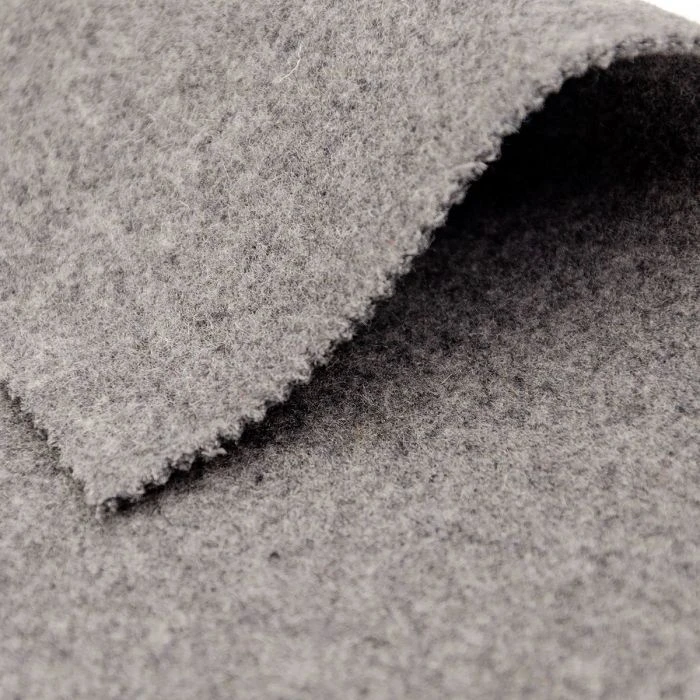
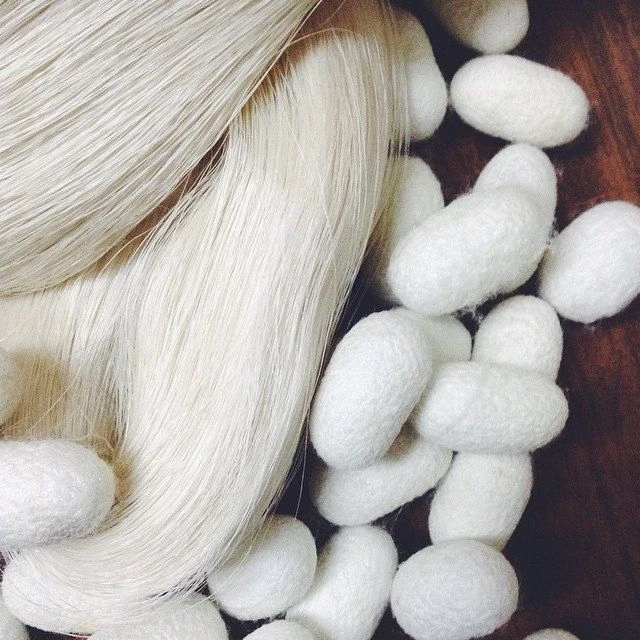
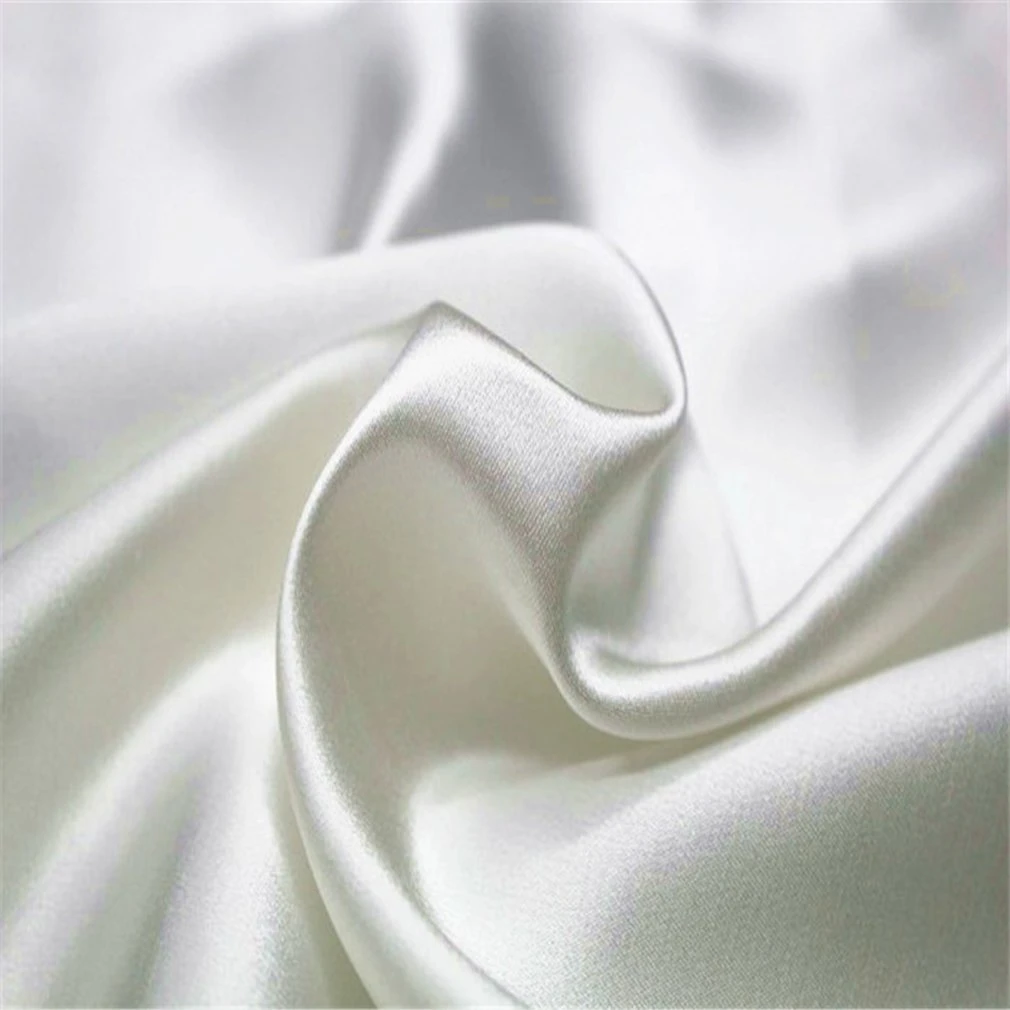
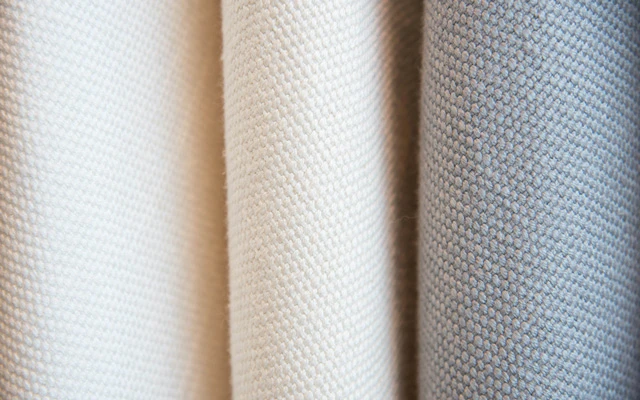
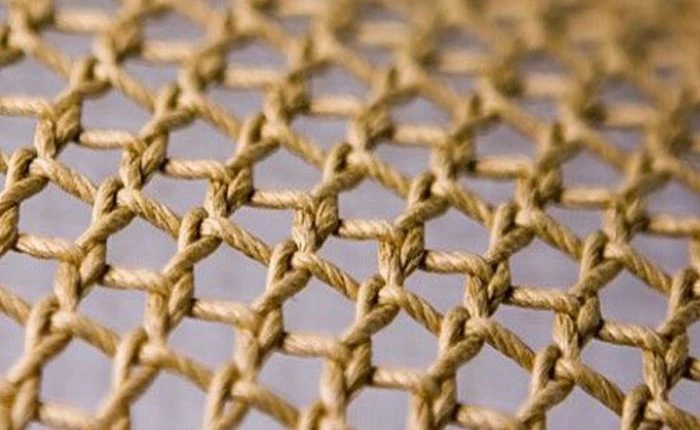
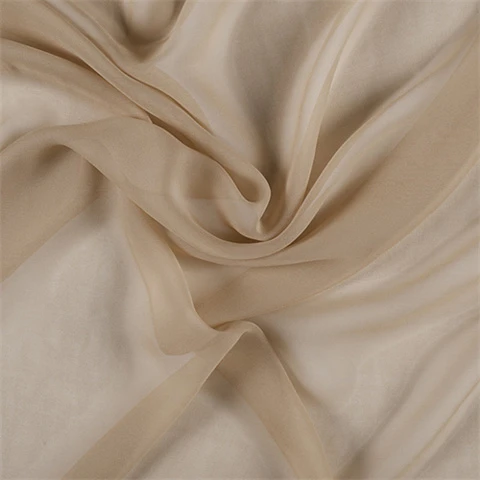
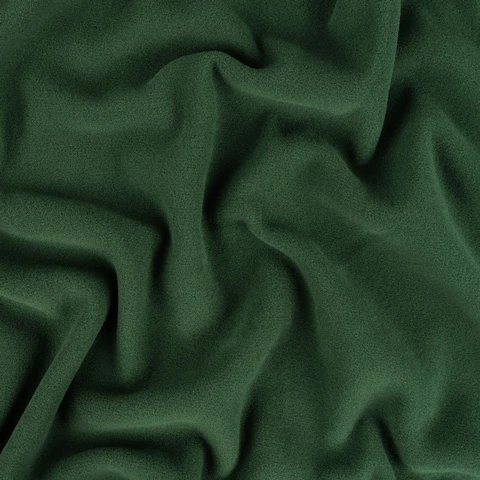
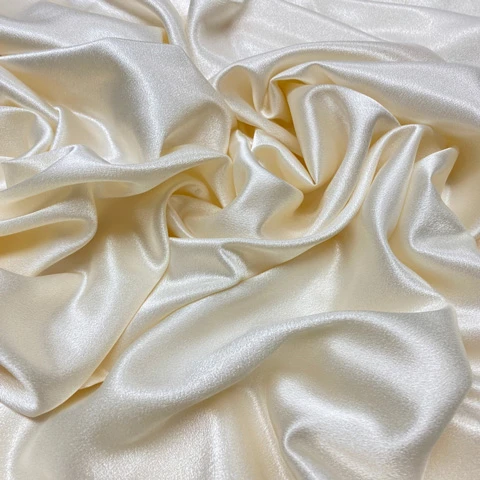
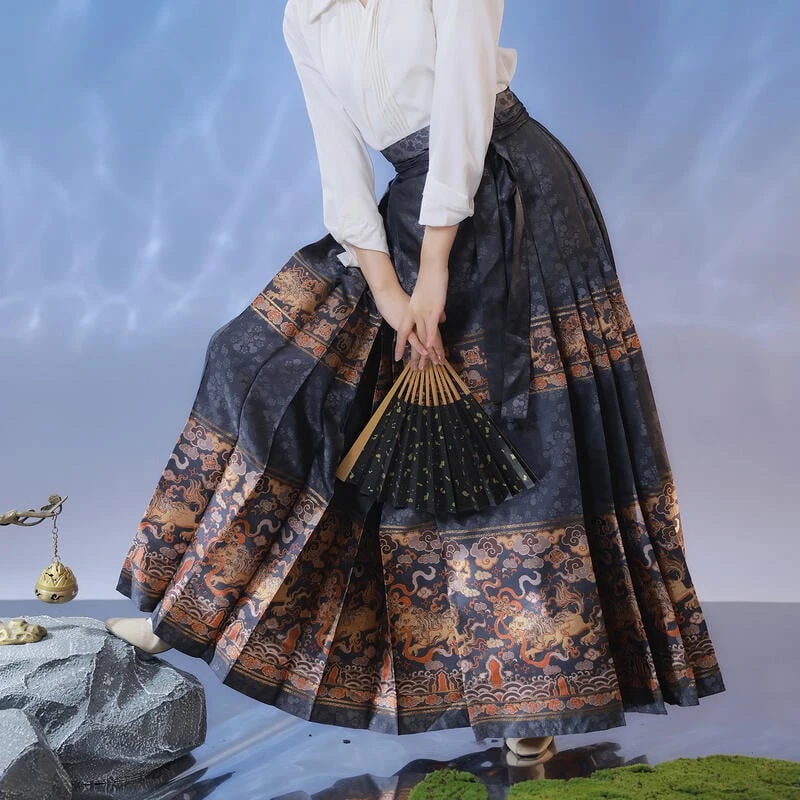

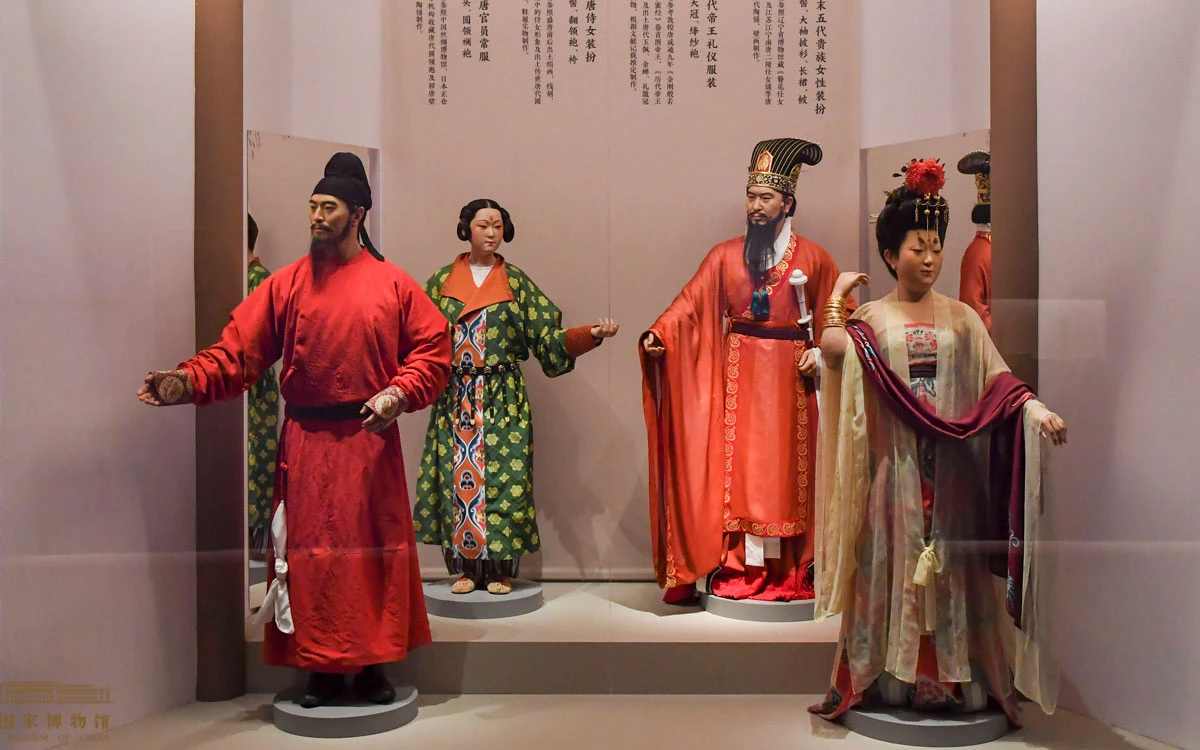

Been wanting to make some zhong yi, so this has been crazy useful ^_^. It's interesting that linen was such a big fiber in Europe, (likely because of how it came from Egypt) but wasn't a big thing in China. Keep up the great work, I'll now need to see what hand sewing techniques were used ^_^
Cool! 😍
As someone living in a tropical country, cotton gang!
Banyak jenis kain yang tidak ku mengerti
Terimakasih artikelnya
Very useful thanks! especially the chinese names of the weaves. I tend to use linen a lot, and i find a cheaper replacement for silk is viscose, also natural, also flowy, but much easier to care for.
I want satin, but it's too expensive for me😂
Polyester satin is actually in the cheapest of fabrics 😉 Silk satin however...^^
Really? I didn't know that, thanks for the information
Wow, I didn't know there are so many hanfu fabrics👍 thanks